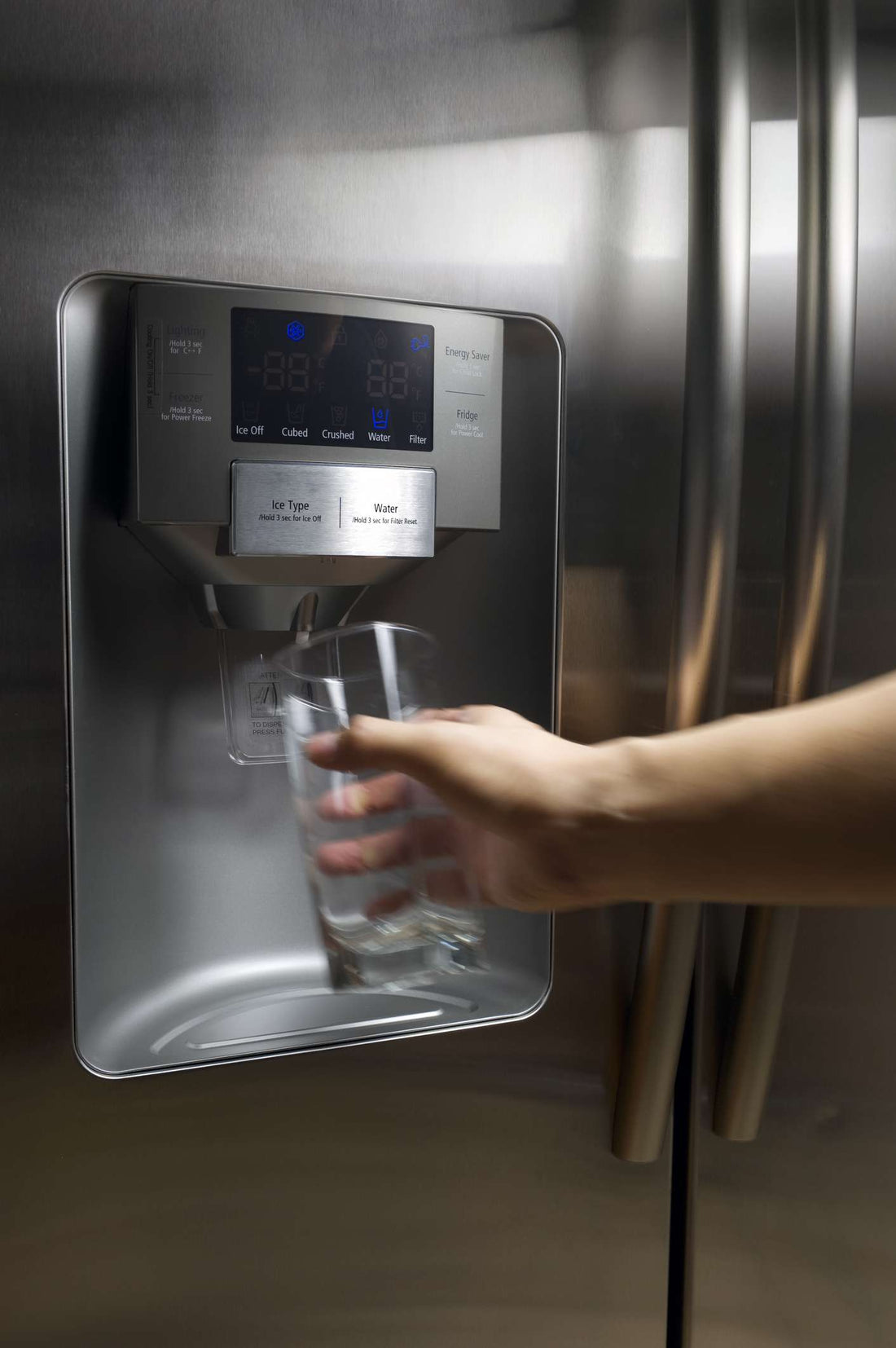
Why Your Ice Maker Stopped Working: Common Part Failures
Share
A malfunctioning ice maker is more than just an inconvenience—it can put a damper on family gatherings, restaurant operations, or simply your daily cold drinks. When your ice maker stops working, it’s often due to a few common part failures that can be diagnosed and fixed with the right approach.
Let’s break down the most common reasons ice makers fail and the parts that might need attention.
1. Water Inlet Valve Failure
The water inlet valve controls the flow of water into your ice maker. If it’s clogged, stuck, or has low water pressure, your ice maker won’t get the water it needs to make ice.
Signs of Failure:
-
No ice production
-
Very small or hollow ice cubes
-
Loud buzzing from the back of the appliance
Fix: Test the valve for continuity with a multimeter. Replace it if it’s defective or not opening properly.
2. Faulty Ice Maker Assembly
Sometimes the entire ice maker unit wears out over time, especially if it’s been producing ice continuously for years.
Signs of Failure:
-
Ice maker doesn’t cycle or harvest ice
-
Ice cubes are stuck or not ejecting
Fix: If the internal motor, gears, or mold thermostat are faulty, replacing the full ice maker assembly is often more cost-effective than individual component repairs.
3. Clogged or Frozen Water Line
A frozen or clogged water supply line is a common issue, especially in colder environments or if the freezer temperature is set too low.
Signs of Failure:
-
No water entering the ice maker
-
Ice maker makes noise but no ice forms
Fix: Defrost the freezer and inspect the water line. If it’s frozen, thaw it gently and check for obstructions or leaks.
4. Malfunctioning Ice Level Control Board or Sensor
Modern ice makers often use infrared sensors to detect when the ice bin is full. If these sensors fail, the ice maker may stop working even if there’s no ice.
Signs of Failure:
-
Ice maker won’t turn on
-
Ice bin is empty but no ice is being made
Fix: Clean the sensors with a soft cloth. If the issue persists, replacing the ice level control board may be necessary.
5. Broken Ice Maker Mold Thermostat
The mold thermostat monitors the temperature of the ice mold. Once the ice is frozen, it signals the ice maker to eject the cubes.
Signs of Failure:
-
Ice freezes but isn’t ejected
-
Long delays between ice cycles
Fix: Test the thermostat for continuity. A faulty thermostat should be replaced to restore proper cycling.
6. Water Filter Issues
A clogged or outdated water filter can reduce water flow, causing slow or no ice production.
Signs of Failure:
-
Reduced water pressure
-
Smaller ice cubes or no ice
Fix: Replace the water filter every 6 months—or sooner if you notice a drop in performance.
Final Thoughts
Ice maker issues are often tied to worn or failed components that can be easily replaced. Whether it’s a faulty inlet valve, a frozen line, or a worn-out thermostat, identifying the problem early can save you time and prevent more costly damage.
Need genuine replacement parts for your ice maker?
Visit PRS Parts Inc. at 540 Lagoon Dr. for authentic appliance replacement parts and expert repair assistance. We’ll help you get your ice maker back in action—fast and reliably.
